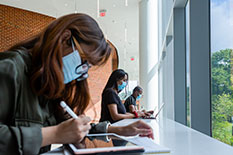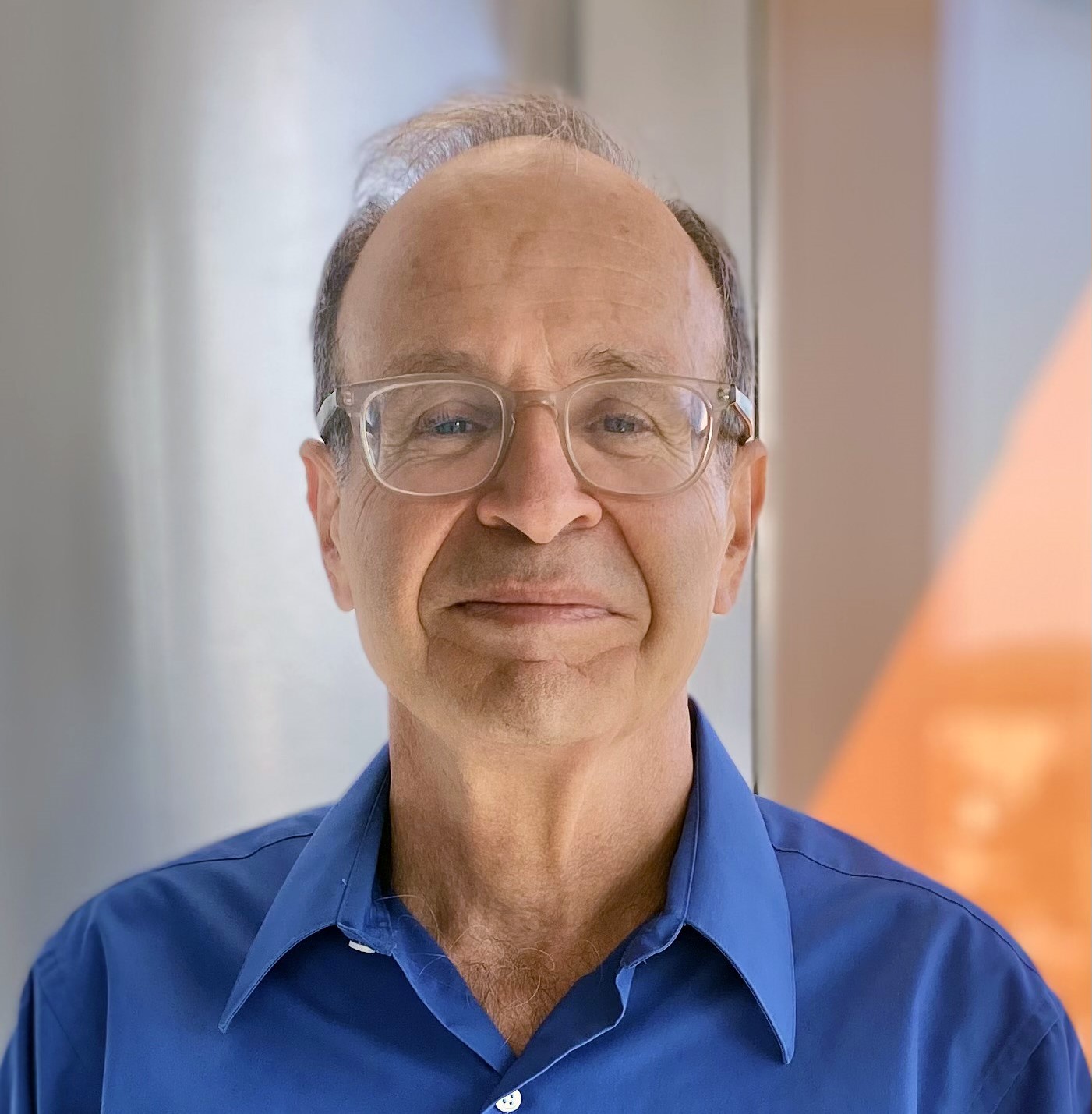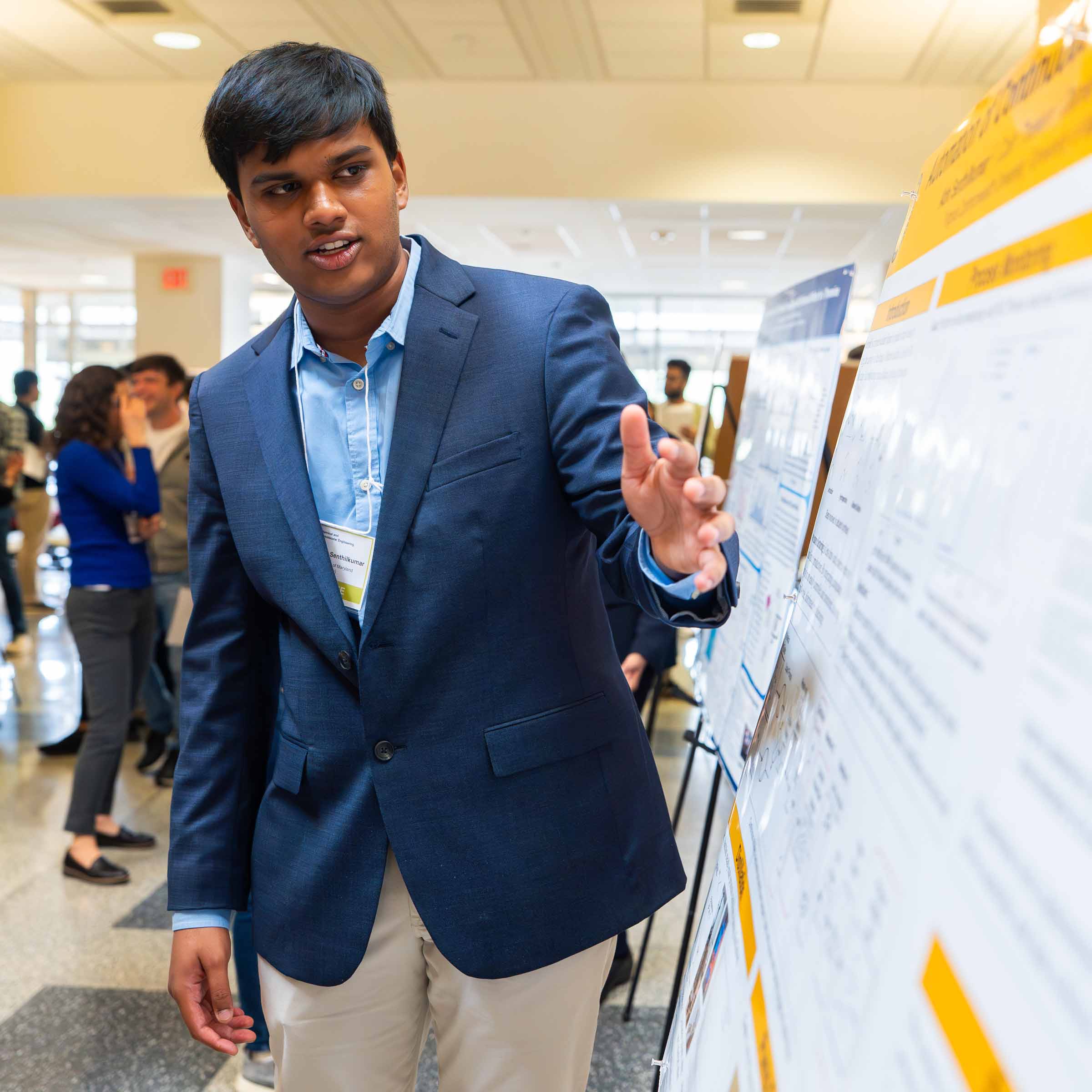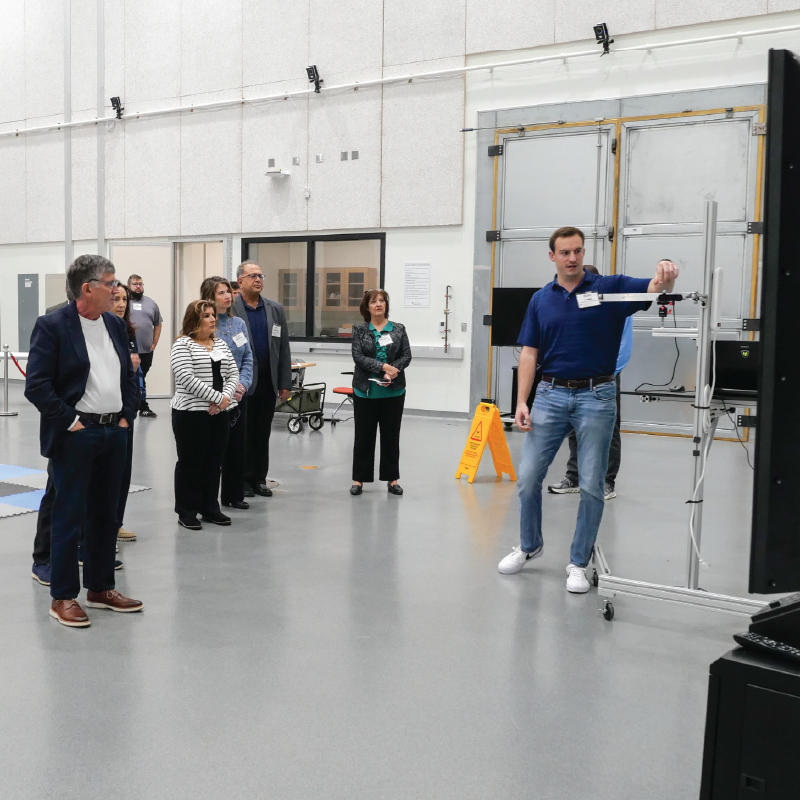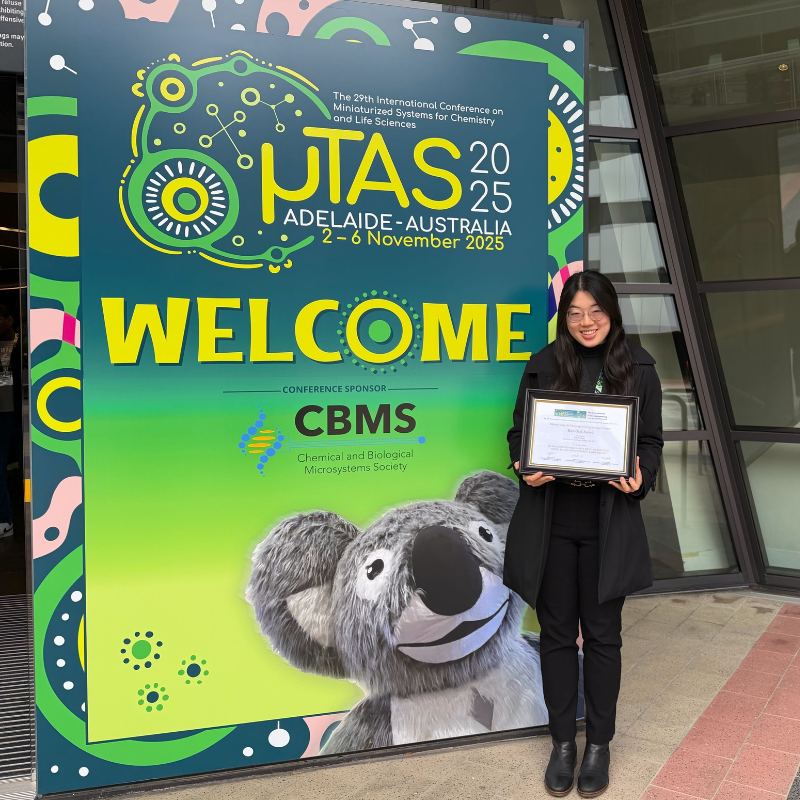News Story
Spanning the Distance to K-12
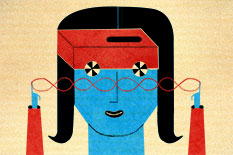
Artwork: David Plunkert
The Women in Engineering Program had planned its Summer 2020 programs geared towards middle and high school girls for months. Activities were set, 150 young women were enrolled, and Assistant Director of Outreach and Recruitment Becky Kenemuth (’02 hearing and speech sciences, M.S. ’04 counseling and personnel services) and Senior Lecturer Vince Nguyen (’03, M.S. ’05, Ph.D. ’11 mechanical engineering) were organizing their rallying cry around STEM empowerment. Then, almost overnight, it all changed. With the specter of COVID-19 and a shuttered campus looming indefinitely, Kenemuth found herself at her kitchen table at 2 a.m., mourning the lost opportunity—but also scheming a comeback.
“I just wasn’t ready to let the idea go,” she says. “I wondered if we could deliver a fun, interactive experience to teach engineering concepts to kids who otherwise wouldn’t have access to engineering. And how could we do it in a meaningful way over distance?”
Months later, Kenemuth and Nguyen delivered, quite literally, shipping nearly 1,500 kits to middle and high school kids in Maryland’s Prince George’s and Montgomery counties, concentrating on communities with traditionally underrepresented populations in STEM. The money for the program—more than $13,000—was raised in just two months, a combination of generous donors and grants. Each kit had parts for a simple rubber band car, supplemented with a custom curriculum developed by Nguyen and offered in both English and Spanish. The name of the game, according to Kenemuth and Nguyen, was experimentation: students formulate their own idea, test it, then take what they learn and try something new. Wheels will spin and cars will skid, but it’s the engaged learning that transfers concepts into knowledge and empowerment.
“Girls and students of color often don’t see themselves in the profession, so part of working with underrepresented middle and high schoolers is to start building that pipeline to creating a more diverse profession in the future,” says Kenemuth. “We need a diverse engineering workforce because society’s challenges are diverse.”
Because the kits are being integrated into school curricula, Nguyen also created instructor manuals that help teachers guide students through a variety of experiments and challenges with their cars. As the students race their cars across pavement, carpet, or kitchen tile, they get crash courses in engineering concepts like tension, weight placement, traction, and different physical phenomena.
“We understood that one of the useful things about the curriculum is getting kids off a computer and getting their hands on something they can physically experience,” Nguyen says. “It’s enriching and, for underrepresented kids, to have that diversity of learning is a way to create a personal connection with the material.”
 The physical experience that goes hand-in-hand with engineering, says Associate Dean for Undergraduate Programs Kenneth Kiger, is a critical piece in helping students grasp concepts and expand their knowledge base. When Kiger was director of undergraduate studies for the Department of Mechanical Engineering, he saw this first-hand when small tackle boxes of resistors and capacitors were distributed to students to take back to their dorm rooms to tinker with.
The physical experience that goes hand-in-hand with engineering, says Associate Dean for Undergraduate Programs Kenneth Kiger, is a critical piece in helping students grasp concepts and expand their knowledge base. When Kiger was director of undergraduate studies for the Department of Mechanical Engineering, he saw this first-hand when small tackle boxes of resistors and capacitors were distributed to students to take back to their dorm rooms to tinker with.
With virtual coursework—and lab time—this fall, kits are having a major moment in programs across the college to connect students to core concepts in novel and engaging ways and to spur discovery. With the help of the UMD Teaching Innovation Grants, dozens of courses are developing kits, from a heat transfer kit that can track heat flux on the human body to a fluid mechanics kit that helps students build miniature wind tunnels to measure wind drag. While kickstarted by the online environment, Kiger sees this phenomenon as having a future when courses return to campus.
“Kits could really transform things for us beyond this fall semester,” he says. “I think anytime you can enable a student to put it in their own hands and be in control of the learning process, to tinker in their own time, the outcomes are often much greater and have a more lasting impact down the road.”
Published October 20, 2020

